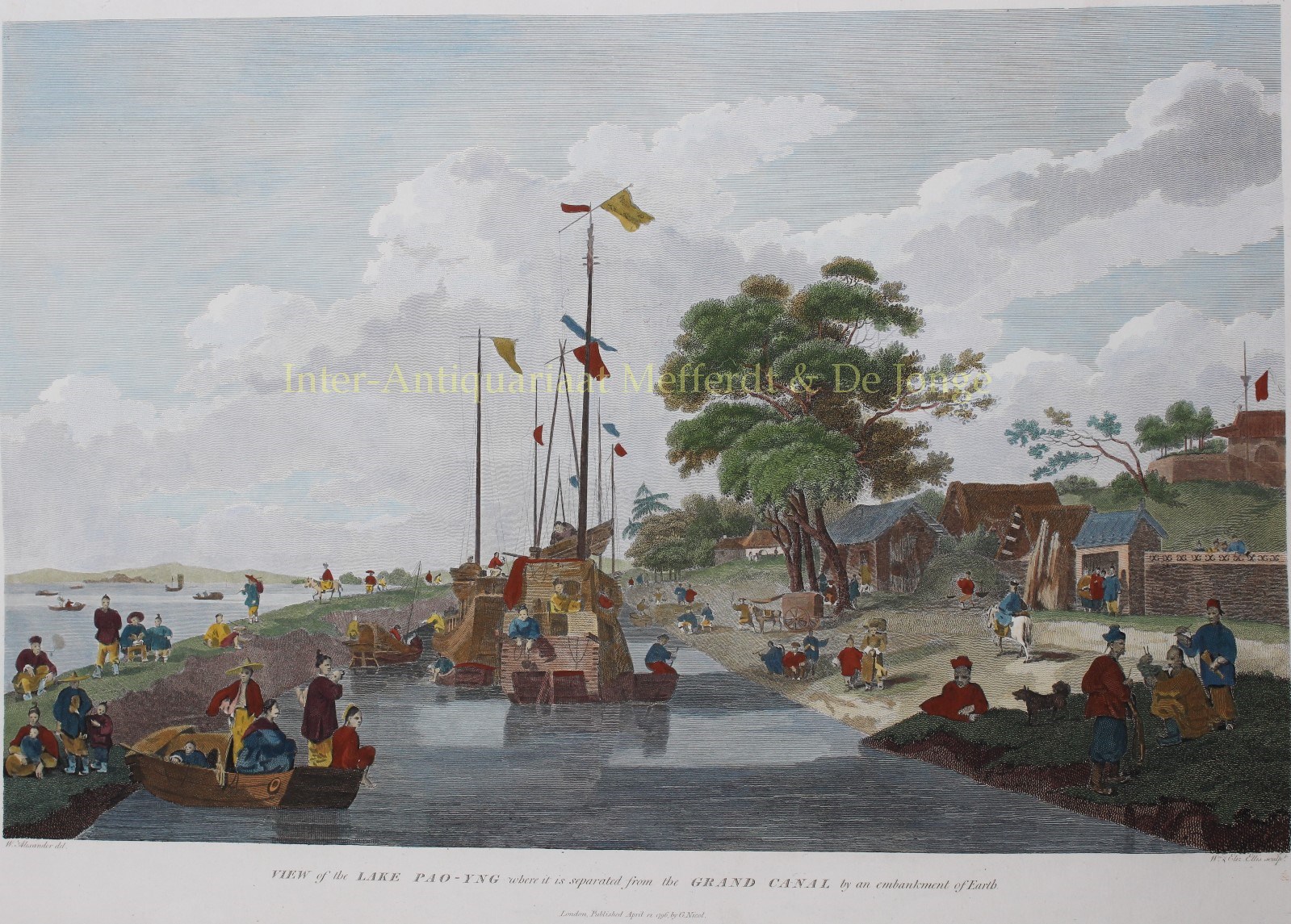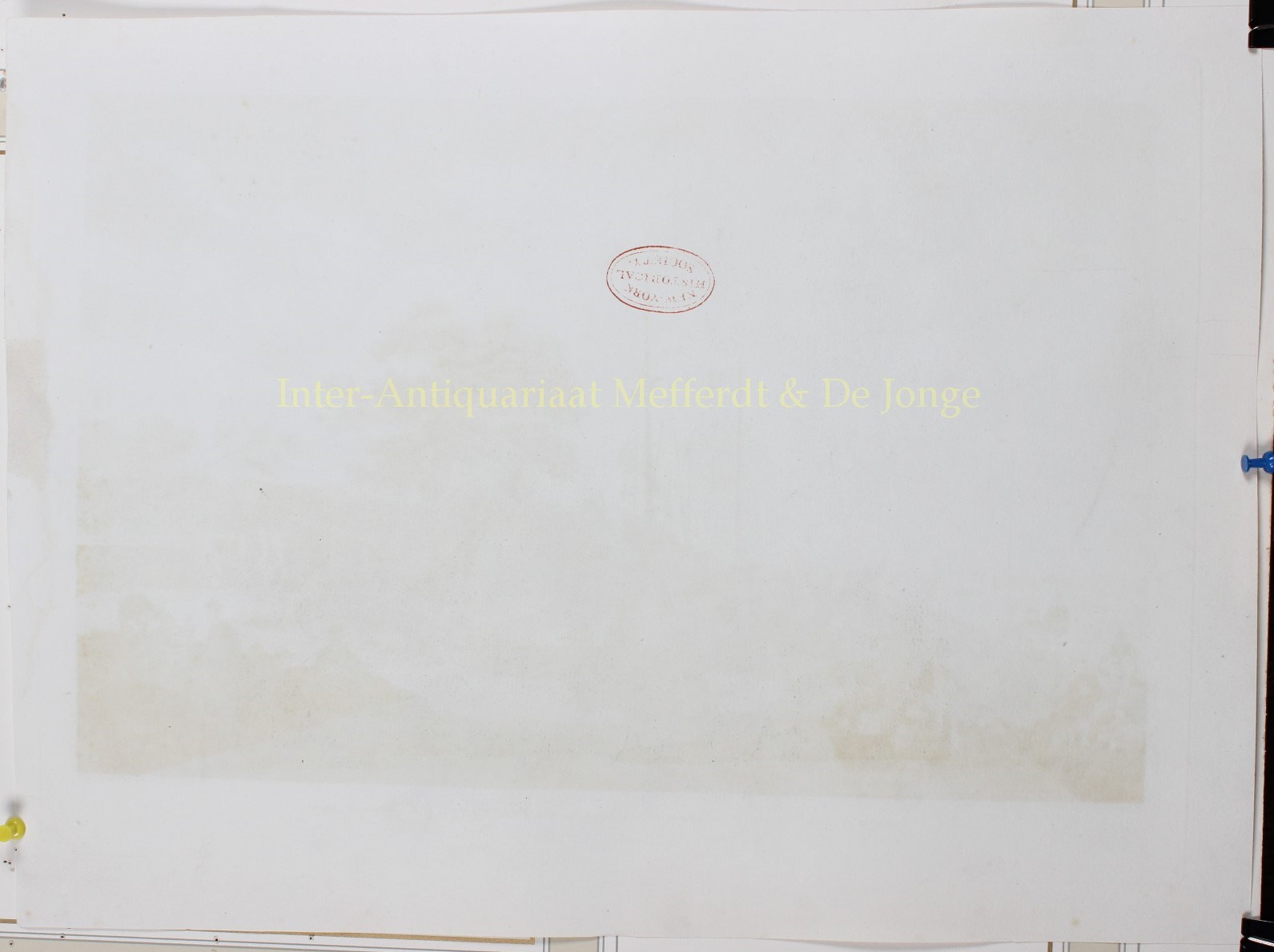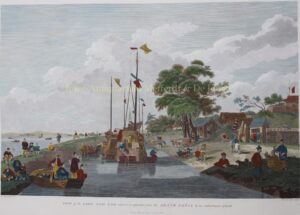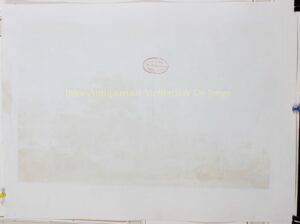China, Grand Canal – after William Alexander, 1796
€395
“View of the Lake Pao-Yng where it is separated from the Grand Canal by the Embankment of Earth” Copper engraving by Elizabeth Ellis after a drawing by William Alexander (1767-1816) from the “Authentic account of an embassy from the King of Great Britain to the Emperor of China; including cursory observations made, and information obtained, in travelling through that ancient empire” written by Sir George Leonard Staunton and published April 12, 1796 in London by G. Nicol. Coloured by a later hand. Size (image): 30 x 47 cm.
The embassy was headed by Earl George Macartney (1737-1806), who was dispatched to Beijing in 1792. He was accompanied by Staunton a medical doctor as his secretary, and a retinue of suitably impressive size, including Staunton’s 11-year-old son who was nominally the ambassador’s page. On the embassy’s arrival in China it emerged that the 11-year-old was the only European member of the embassy able to speak Mandarin, and thus the only one able to converse with the Emperor.
Lord Macartney’s embassy was unsuccessful, the Chinese resisting British overtures to establish diplomatic relations in view of opening the vast Chinese realms to free trade, but it opened the way for future British missions, which would eventually lead to the first Opium War and the cession of Hong Kong to Britain in 1842. It also resulted in this invaluable account, prepared at government expense, largely from Lord Macartney’s notes, by Staunton, of Chinese manners, customs and artifacts at the height of the Qing dynasty.
The engravings are of special interest because of their depiction of subjects that very few Europeans had heard of or seen, showing how advanced Chinese civilisation was on a technical, artistic and organizational level.
Staunton describes this scene as follows: “At this place the barges of the Embassy halted, while their large single masts were taken down and others erected in their stead, consisting each of two poles meeting together at the top, and extending at the bottom to each side of the vessel, where they turn on swivels, and may thus be lowered down speedily, so as to permit the barges to pass thro the arches of bridges, which are very frequent in the southern part of the grand canal.”
Price: Euro 395,-





